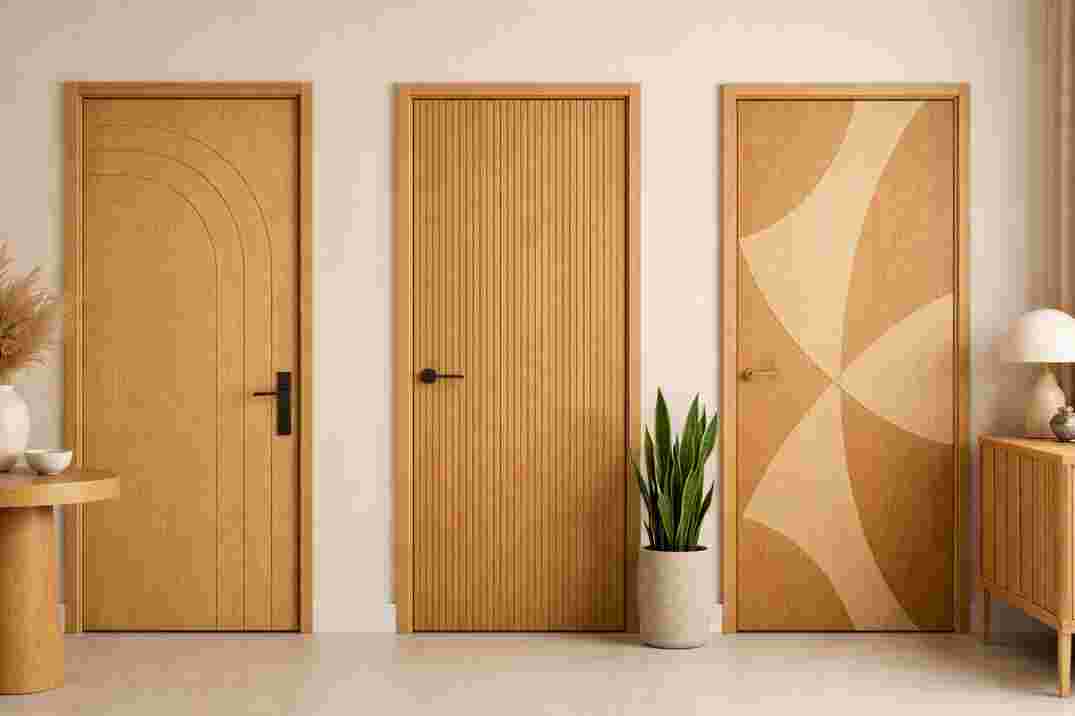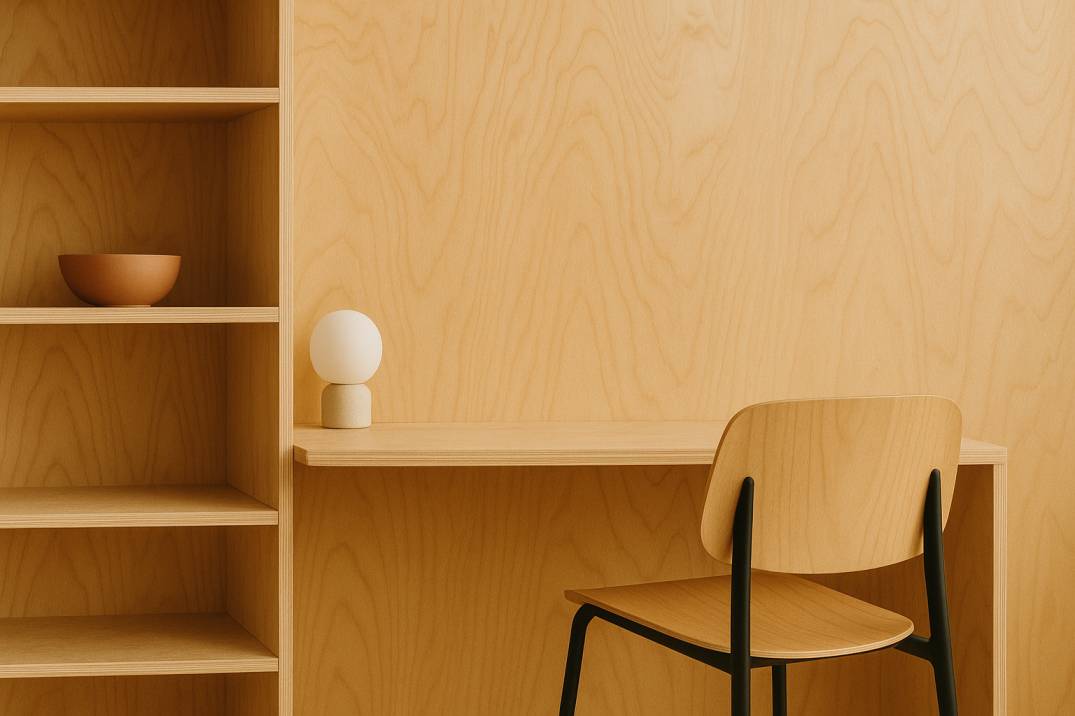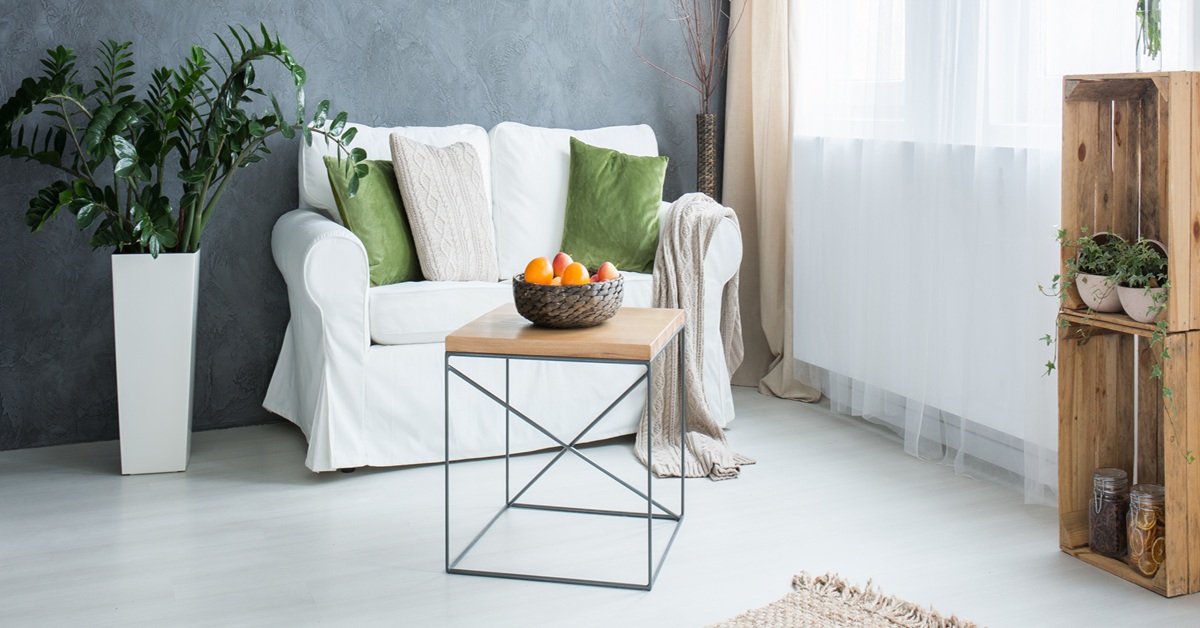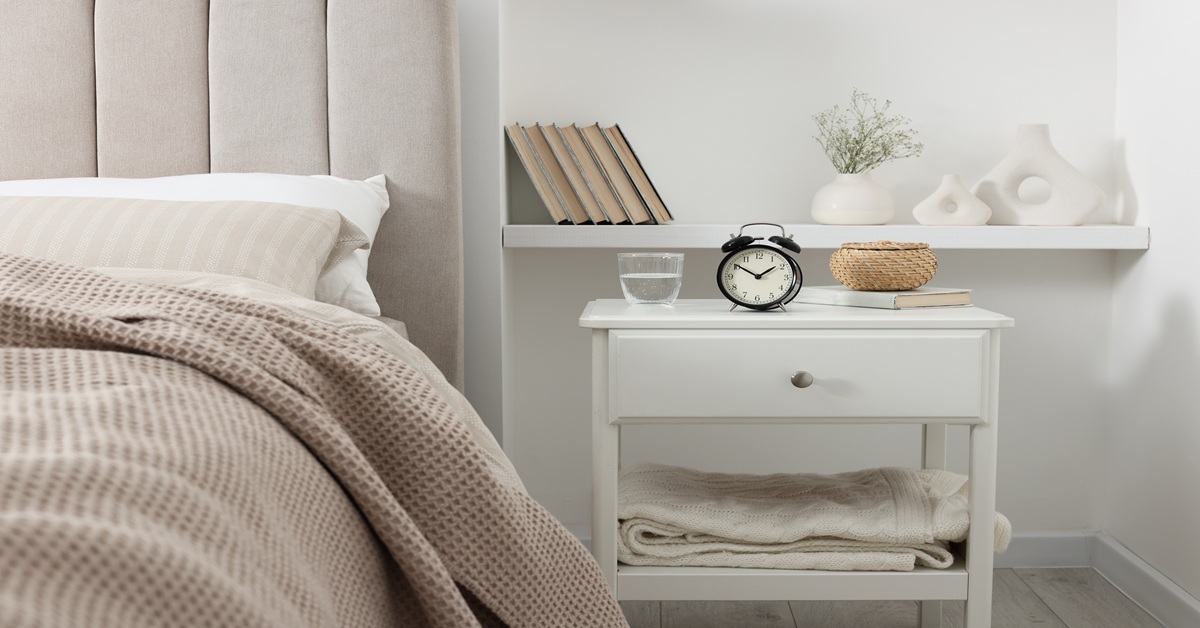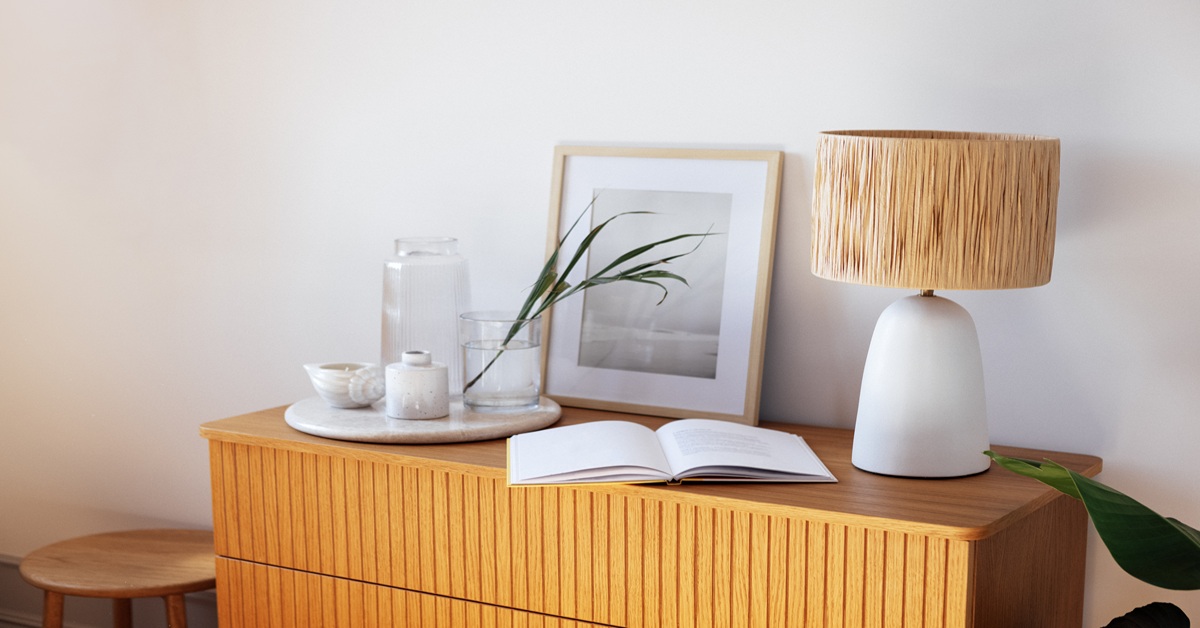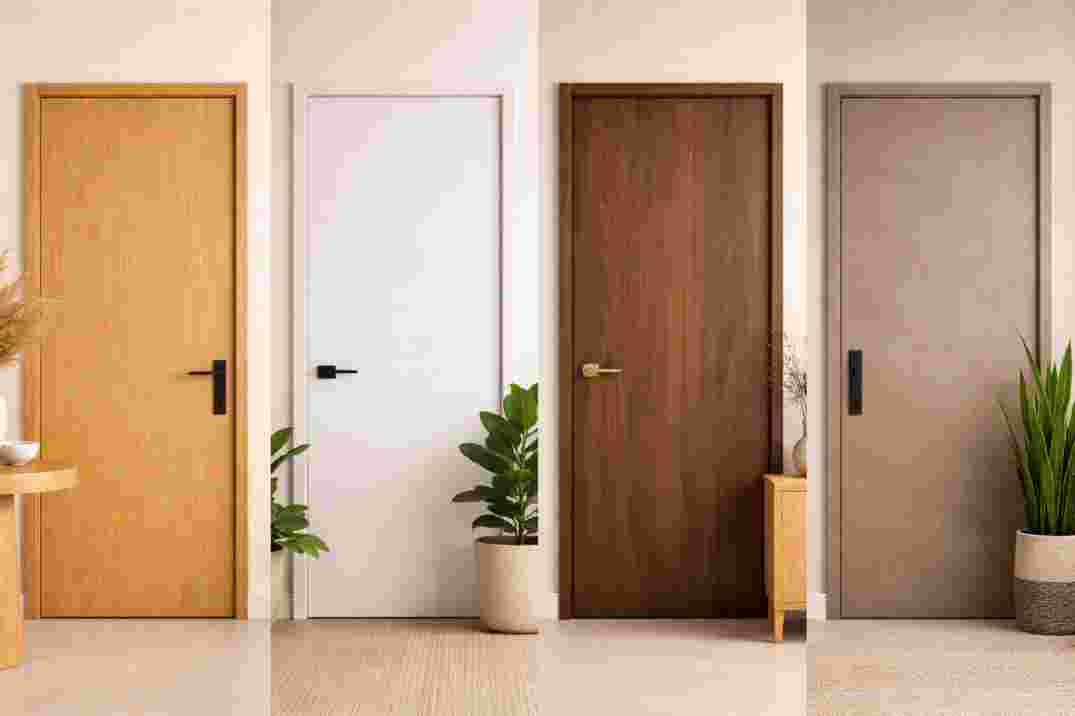
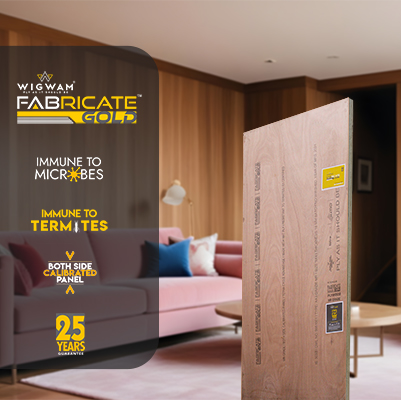
Introduction
The base of your project is very important when you buy furniture, cabinets, or any other kind of indoor woodwork. Choose a high-quality board if you want a result that will last. There are a lot of options out there, so it can be challenging to select good plywood. This blog will be your last guide. It will show you what makes fine plywood the best choice, how to recognise cheap knockoffs, and the best techniques to tell if a sheet is strong. You’ll know how to make a long-term investment in your home by the end of this.
Table of Contents
ToggleWhat Makes Quality Plywood Last Longer
- The glue that holds the pieces together is a big aspect of how long plywood lasts. For premium hardwood, especially waterproof species, high-quality phenolic resin is utilised to form a strong, watertight bond. This keeps the plywood together even when it’s hot or humid.
- One remarkable thing about plywood is that its width and measurements never change. A means to calibrate makes sure that a high-quality plywood sheet is the same thickness all the way through. This not only makes it easier to work with the material, but it also makes the structure more robust and gives it a flawless finish.
- Chemicals are used to make high-quality plywood less likely to be damaged by pests. These chemicals make the plywood immune to insects and borers. This treatment gives your furnishings and the inside of your home an extra layer of protection against microorganisms that could damage them.
- One important reason why plywood stays the same size is that it is cross-laminated. The grain of each veneer is glued down such that it goes over the one below it. This stops the wood from naturally getting bigger and smaller as the humidity changes. This stops your furniture from bending, drooping, or cracking, so it stays in good form.
Explore Wigwam’s range of quality plywood built for long-lasting interiors and everyday durability.
Choosing the Right Plywood for Home Use
- Choosing where the plywood will go is the first step. Moisture-Resistant (MR) grade plywood that has been certified to IS:303 is best for dry areas indoors, like closets, mattresses, and study tables.
- In places with a lot of water, such as kitchens, bathrooms, and laundry rooms, you need to use BWP (Boiling Water Proof) or Marine grade plywood (certified to IS:710). When this high-quality board becomes wet or steamy, the waterproof adhesive that ties it together keeps it from splitting apart or getting bigger.
- The plywood should be as thick as it has to be to withstand the weight. Things like mattresses and closets that need to be sturdy should be 19mm thick. When it comes to cabinets and drawers, 12mm or 16mm is usually fine. Choosing the right width will make your furniture last longer.
- Only hardwoods are used to make high-quality plywood. When you look at a sheet, you should look for a core that is thick, has no holes, and has a regular layer structure. The plywood is good since the core doesn’t have any gaps or overlaps, which can make the building unstable.
Why Quality Plywood Beats Cheap Alternatives
- Durability and Lifespan: Cheap plywood is liable to bend, delaminate, and crack because it has a low-density core and poor glue. A good board, on the other hand, is built to survive for decades because it can hold a lot of screws and doesn’t wear down easily.
- Resistance to Pests and Moisture: Pests and moisture can’t get through cheap plywood since it doesn’t have enough chemicals on it. This makes it simple for termites and borers to devour. It is also weakly connected, which makes it simple for water to hurt. Chemicals and a waterproof adhesive are used to treat good plywood. This makes it better at keeping bugs and water out.
- Safety and Health: Low-quality plywood is often glued with high-formaldehyde adhesives, which can release dangerous VOCs into the air in your home. If you buy good plywood from a well-known brand that meets low-emission requirements (E1 or E0), your family will live in a healthier and safer place.
- Long-Term Cost-Effectiveness: Cheap plywood may seem like a good deal at first, but the costs of mending it, replacing it, and getting rid of pests can pile up rapidly. Over time, good plywood pays for itself, making it a much better choice in the long term.
Top Signs of Durable Plywood Sheets
- Flatness and Uniformity: To check for warping or breaking, put the plywood sheet on a flat surface. A decent sheet will not have any creases and will lie flat. Also, use a calliper to measure the thickness in the middle and on each of the four sides. The thickness of a high-quality, calibrated board will be the same all across.
- Dense and Void-Free Edges: Look closely at the margins of the hardwood sheet. They should be dense and free of voids. You should observe a layered, even structure with veneers that are well linked and no gaps, overlaps, or spaces that you can see. If there are holes in the heart, it means that it wasn’t formed well, and the structure isn’t sturdy.
- Smooth and Even Surface: Touch the plywood with your hand. It should feel smooth and even, with no lumps, dips, or rough places. There shouldn’t be any fractures, holes, or knots on the surface of the face. A smooth surface is important for a good finish.
- Sound Test: Hit different places of the plywood sheet with your knuckles. A core that is thick and has no holes creates a sound that is steady and strong. If the sound is hollow or changes, it’s a hint that the product isn’t very good. This could be because of gaps in the air or improper bonding.
Check out our collection of plywood designed to meet high standards in strength and finish.
Conclusion
This is why it’s so important for both homeowners and builders to know how to tell good plywood from bad. This choice will have an effect on how your space appears, how safe it is, how long it lasts, and how much it will be worth in the long run. If you choose plywood with a good core, a consistent thickness, and the proper certifications, you can be confident that your interiors will endure a long time.
Choose WigwamPly for premium quality plywood that stands the test of time in every corner of your home.
FAQ’s
- What is the most important factor to look for when buying plywood?
The most important factor is the ISI certification. IS:710 for BWP (Boiling Water Proof) and IS:303 for MR (Moisture-Resistant) are crucial. - Is heavier plywood always better?
Generally, yes. A heavier plywood often indicates a denser, high-quality hardwood core with fewer voids. - How can I tell if a plywood is termite-proof?
A quality plywood from a reputable brand will have a clear label indicating it is chemically treated to be borer and termite-proof. - Is it okay to use MR-grade plywood in a kitchen?
No, you should not. A kitchen is a wet area, and you must use BWP or Marine grade plywood to prevent water damage. - Why is quality plywood more expensive than a cheaper alternative?
Quality plywood is made with superior raw materials, high-grade adhesives, and a more meticulous manufacturing process, which justifies its higher cost.
